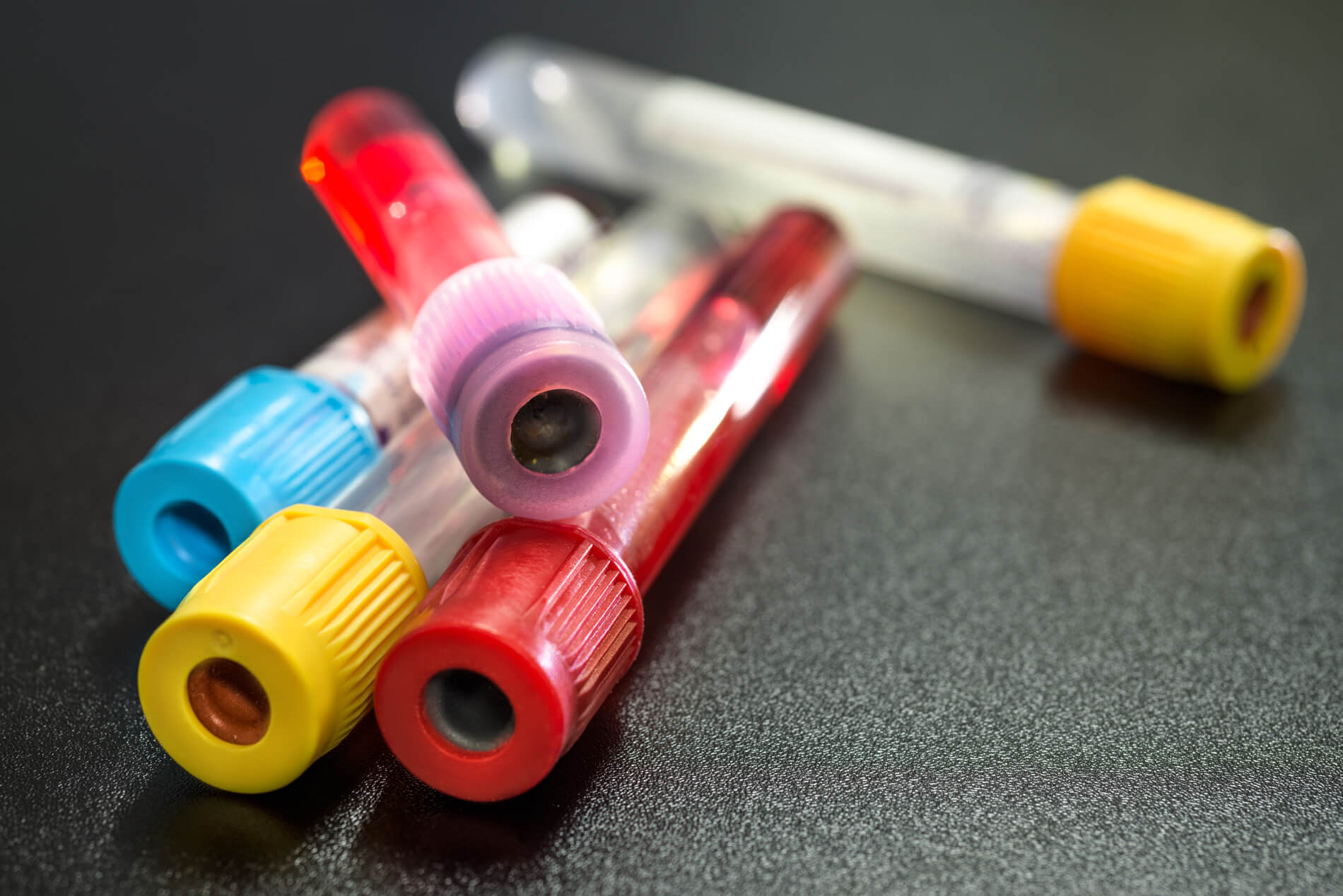8 Symptoms Women Should Never Ignore
When should you go and see your doctor? How about a rash on your breast that doesn’t go away after a few days? When you experience a sudden onset of headaches and nausea? Unexpected vaginal bleeding? Extreme fatigue? Bleeding with your bowel movement? Unexplained weight loss or weight gain?
The answer is: all of the above.
Irrespective of age, it is important to pay attention to health changes, not to be dismissive, and to visit your GP. But when you have a sudden change like headache, nausea, fatigue, unexpected vaginal bleeding, heart palpitations that last more than 15 minutes, or a rash on your breast that doesn’t go away within a couple of days, it’s wise to see your doctor.
Here we list 8 key symptoms women should never ignore. If you notice any of them, please book an appointment to check with your GP.
1. Breast changes that are out of the ordinary
You may have guessed this one, but we will never tire of saying it; checking your breasts regularly (at least monthly, but please do feel them as often as you like) is a simple but life-saving routine.
Breast size, look and feel are unique to us and breasts can often change throughout the month depending on your menstrual cycle, hormonal changes and other factors.
Some women have lumps in their breasts that are not out of the ordinary, otherwise might know they get a lump in a specific place on their breasts right before or during their period. Whatever it may be, knowing what is normal for you will help you feel and recognise something that is outside your usual norm.
Look for and pay attention for anything new that does not go away – or that you know is not cyclical as part of your cycle – like skin changes, breasts becoming unusually asymmetrical, a hard mass that was not there previously, a rash that persists for longer than a day, changes to your nipples and any discharge that is bloody, atypical redness around the breast that looks like an infection, as well as unusual swelling and breast lumps.
2. Unexpected & irregular vaginal bleeding
Another regular offender to look out for is irregular bleeding, especially if accompanied by pain during sex. It could be a sign of cervical cancer. If your periods have become irregular, heavier, or more frequent than usual, get checked!
Any spotting post-menopause should be immediately be discussed with your doctor. Ensure you are up to date with your smear test and HPV screening.
3. Sudden weight gain or weight loss
If it is not on purpose and part of a planned weight loss programme, and if it is a dramatic or unexplained change, it could be a sign of a serious health issue. Unexplained weight loss or gain could signal some types of cancer, diabetes, thyroid issues, heart failure and others. You guessed it – go see your doctor!
4. Bloating
If you are experiencing new and persistent bloating, especially if you are over 40 years old, this is one of the first and most common signs of ovarian cancer. Take it seriously and visit your GP and don’t let anyone dismiss this symptom as just “gas” without investigation!
5. Moles that change shape
Moles must be kept under observation to make sure there are no sudden changes and that there is no bleeding. Our Dermatologist, Dr Eldimarys Curry reminds us of the ‘ABCDE’ rule to follow and things to look out for as potential warning signs for melanoma when checking your moles:
- Asymmetric appearance
- Border that’s irregular
- Colour variation
- Diameter larger than a pencil eraser
- Evolving size, colour, and shape
Watch moles carefully and even more so if there is a history of skin cancer in the family. It might be helpful practise to routinely photograph moles to notice changes over time.
6. Chest pain with strenuous activity
In the post-menopausal age group, heart disease kills more women than breast cancer. This is a little-known fact and a lot of the focus of heart attacks is on white males. However, greater focus and awareness is required for the impact on women.
If you carry or lift something heavy and experience sudden chest pain you’ve not felt before as you do so, see a doctor. If you have difficulty when you go up and down a flight of stairs or exert yourself in other ways, but this goes away after a period of rest, this is another sign you should get checked.
In addition, it is important to keep in mind that the signs and symptoms of a heart attack in women are different to men. These include shortness of breath, nausea, vomiting, dizziness, extreme fatigue, a cold sweat, pain in the extremities, back, neck or stomach.
7. Sudden vision changes
Our eyesight changes and can sometimes decline as our age progresses. However, sudden loss of vision in one eye, sudden onset of double vision or inability to see the centre of what you are looking at could all be signs of a stroke. This is, even more, the case if this change of vision is accompanied by numbness on one side of the face and body and speech difficulties.
Lesser and more subtle variants can include what is referred to as a transient ischemic attack, or a mini-stroke. Sudden changes in your vision can also be signs of autoimmune diseases, diabetes and other conditions so don’t wait – it’s time for the doctor.
8. Unusual & unexpected changes to bowel habits
The old myth that bowel cancer only happens in old age is slowly moving out the door and important is being raised about the impact of this challenging disease on patients as young as in their early 30s.
If you experience rectal bleeding or blood in your stool or any significant and unexplained fluctuations in the amount, frequency, consistency and appearance of your bowel movements, check with your GP. This is particularly the case for changes to bowel movements that do not go away or resolve themselves within a couple of days.
Blood in your stool or toilet bowl could just be a tear from exertion, but seeing a doctor and getting a sample tested is the best practice for peace of mind.







My mom’s first symptoms of diabetes was a blurry vision and she tried dismissing it because she thought she just needed a new pair of glasses. It was when her mouth started getting dry that we forced her to go see a doctor. And it was only then that I found out that blurry vision is a symptom of diabetes. So we really shouldn’t take these things lightly.
As a woman, it’s important to know what signs to look out for to ensure our health and well-being. I’m so glad I read this article and I highly recommend it to any woman who wants to be informed about her body.